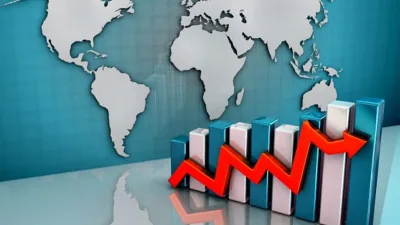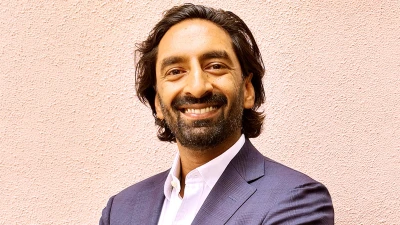Is it time to reinvest?


Growth investors should be patient before putting their cash back to work as there is likely to be more global equity market volatility, but growth earnings resilience remains stronger than in cyclicals, according to Munro Partners.
Munro Partners chief investment officer of global equities, Nick Griffin, said he received the same question every week which was whether it was time to reinvest.
Munro’s absolute equity product had raised 40% cash in January which the fund had been sitting on waiting to reinvest.
“The opportunities for growth managers are looking increasingly attractive. But although there are some great company valuations at the moment and it is very tempting to put cash back to work, it is important to be patient before buying back in,” he said.
Looking at the United States, Griffin said P/E multiples were at the same place in 2018.
“If you believe that rates are normalising or are peaking and the [US 10-year bond yield] would suggest that, I recognise there’s risks around that, but it would suggest that we're getting to the peak of the rate cycle – i.e if the Fed hikes 75 basis points on Wednesday, which they are obviously going to do, they’re at 2.5%.
“That's where they were in 2018. So the P/E multiples are in exactly the same place as 2018.
“So don't think for one second that you can get rates go from zero to 3% in 18 months, without causing untold damage to the economy.”
He said Walmart was a good example of this “untold damage”.
“We all basically ordered as much stuff as we could through COVID. All the retailers double-ordered everything they could and by the time it’s finally arrived, you don’t need it, you don’t want it and so they're having to discount it.
“This is why we think inflation has probably peaked for the cycle.
“It could stay stubborn, but it has peaked and that's why we do think rates on balance have probably peaked.
“Why? Because every retailer we look at has to discount all of their inventory. Not just a little bit, a lot. They're talking about 30%-40% discounts. Walmart earnings were predicted to grow at 15% this year and are now predicted to decline 15%. So that’s a 30% cut from their earnings.
“That’s the world’s largest retailer so think about what that does to everyone else down the track.
“The hard bit to work out is if it is all priced in.”
From the point of view of a growth manager, Griffin said that the conditions were about to be ripe for growth investing.
“As a growth investor, there are three things we are looking for before starting to deploy cash back into the market. Firstly, and perhaps most important, we are looking for long term interest rates to peak. Rising interest rates are why the market has been de-rating, and this process looks largely done now.
“Secondly, we are looking for earnings estimates to come down. It is clear this will happen this quarter, and also next quarter. We believe it will be hard for the market to look through the challenging earnings estimates without having some comfort that inflation is under control.
“Thirdly, we need time. We know that being patient is important in investing. We are in the middle of a bear market and, looking at the lessons of previous bear markets, history suggests we could potentially be only half-way through this one, so it’s important to remain prudent in how put capital back to work,” Griffin said.
Recommended for you
Australia’s alternative investment market is set to enjoy further evolution and growth thanks to innovation overseas, predicts BlackRock and Franklin Templeton.
Hedge fund manager Minotaur Capital is taking an AI-led approach to sourcing investment opportunities, comparing the adoption of AI to that of Microsoft Excel in the 1990s.
Two JPMAM commentators have warned advisers about the dangers of moving assets into cash during market volatility, describing it as “swopping one risk for another”.
The global alternative asset manager has confirmed the acquisition of IP Generation.














